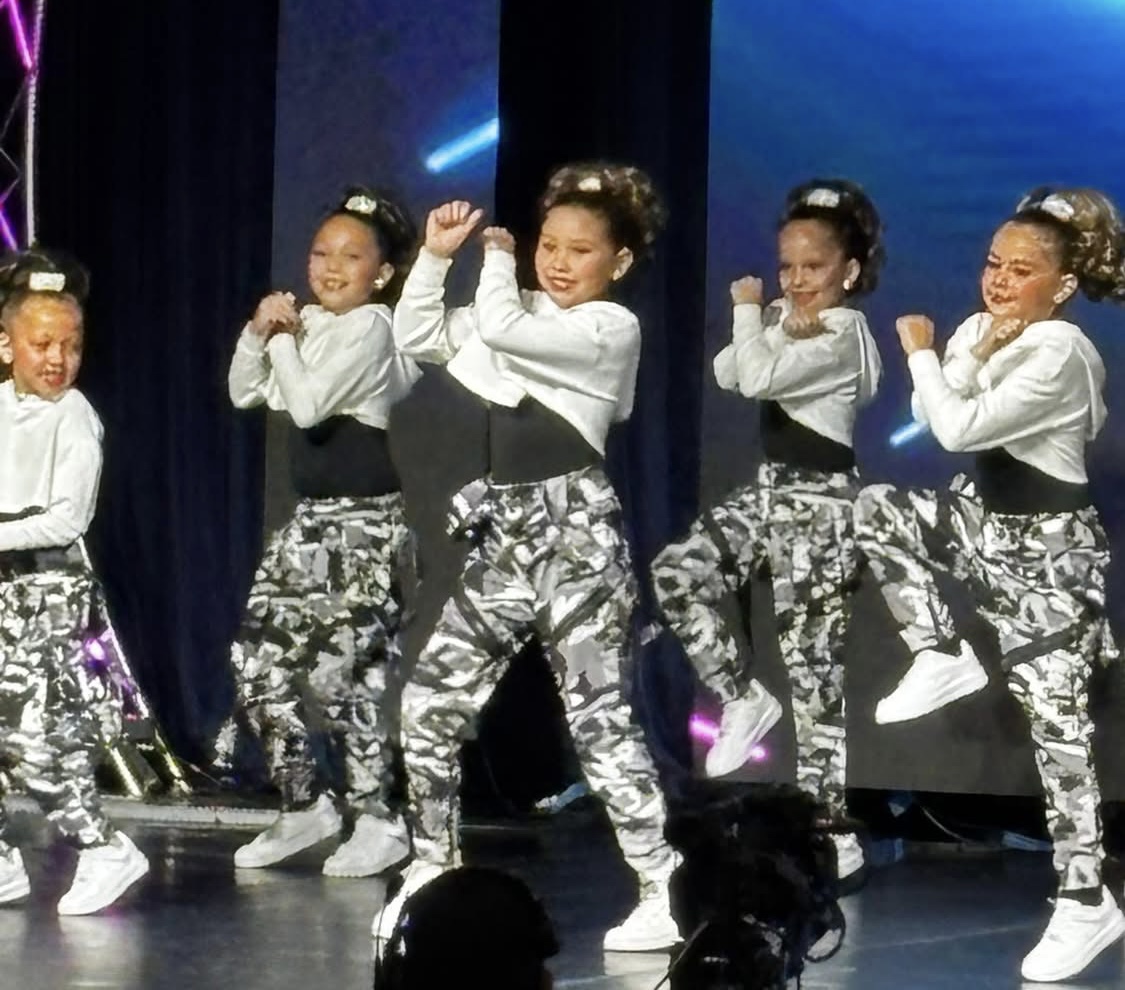Since starting her journey in dance in her youth, Michelle Farmer, has established herself as a respected dance teacher and talent agent, guiding over 5,000 students including many Indigenous youths, to follow and achieve their dreams even beyond the arts.
Farmer, who has owned and operated Michelle Farmer’s Studio of Dance and Modelling in Ohsweken, for over 50 years, delved into the early start of her love of dancing.
“I started dancing at a very young age, soon after a ruptured appendix at age two. My doctor recommended dance lessons to help strengthen my muscles following the life-threatening illness, and my mother quickly enrolled me in classes. My first teacher was a woman who taught out of her home just down the street from us. From there, I moved on to study with Miss Joyce in Buffalo, New York, and then switched to another [respected] dance studio,” explained Farmer. “When I was [around] twelve our family moved to Canada. My parents were offered the opportunity to buy a store, so we relocated to the Six Nations Reserve, which we call ‘home’ since both my parents are from there. After the move, we started looking for a new dance studio. I tried a few in Brantford, but they all said there was nothing more they could teach me. [However], one kind lady took me in, and we focused exclusively on ballet. Then for my first year of high school, I moved to Toronto and lived with a family there so I could dance every single day. I started teaching dance during my first year of high school when I was 14. After that first year, I missed home too much, so I moved back for grades ten through 13.”
However, Farmer’s studio, which is the longest-running Indigenous-owned talent studio in North America, started from the encouragement of a teacher.
“I would end up receiving a phone call from my former dance teacher [who] had become quite famous, traveling to teach at dance conventions and running his own successful studio. He wanted to open a studio in Canada and, knowing I had recently moved, he asked if I could gather some potential students. I happily agreed and brought a group together. He sent his business partner, Richard DeSarno to teach the introductory class. I helped Richard as his assistant teacher. At the end of that day, he said something that changed everything for me: ‘Michelle, you can do this all on your own. You have the ability to run this. You don’t need me.’ I was completely surprised; I had no intention of opening my own studio that day, but decided that was something I should do after those encouraging words…I would quickly get things going, operating out of a church hall,” she explained.
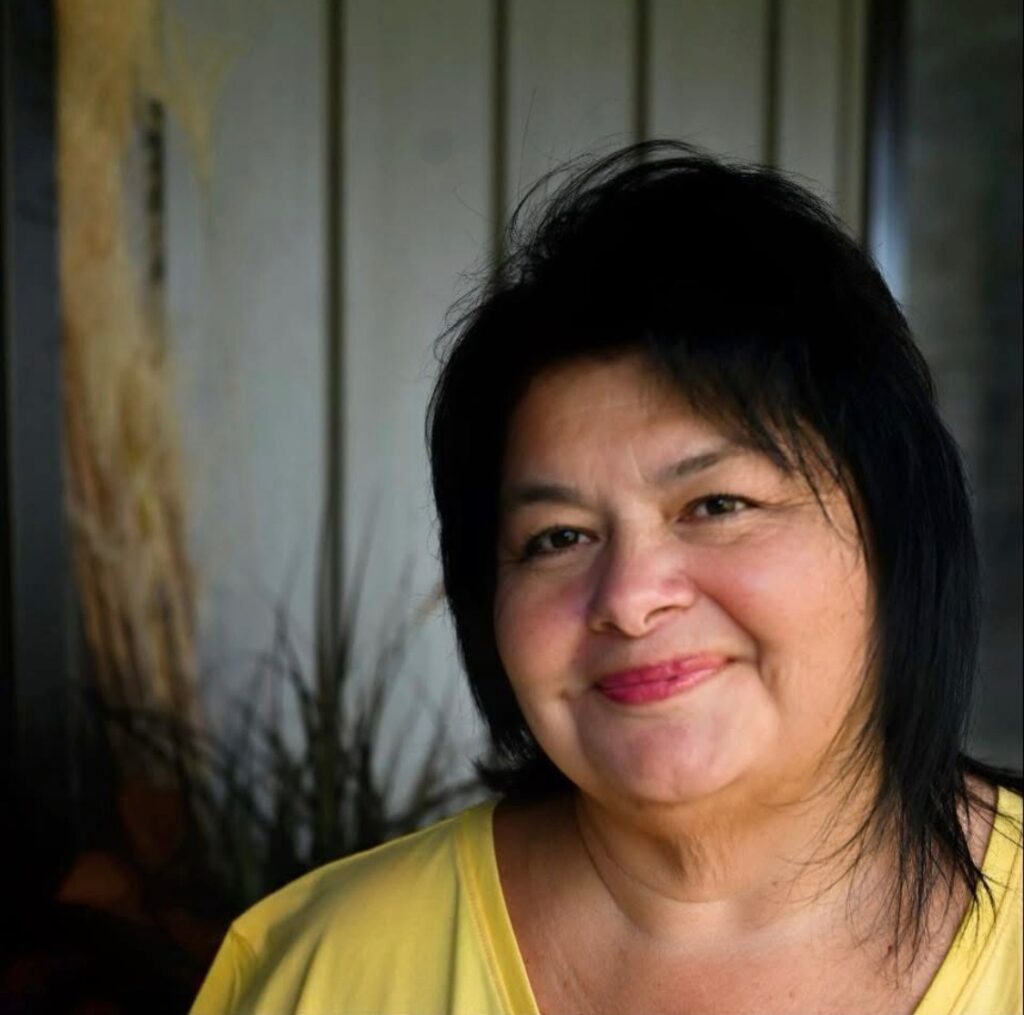
Along with several teachers throughout her early dancing days, Farmer would get a lot of support from both her mother and father. In fact, her father would surprise her with an unforgettable gift that would encourage her love of teaching and dance.
“My first recital, or ‘Showtime,’ was in 1976 [and] since it was the Bicentennial for the United States (where I was born), my mom made special red, white, and blue costumes for a patriotic number,” she said. “Around the time of that first show, my father was building a house. He asked me to come over, showing me its foundation, and pointed out to a specific area of the basement and said: ‘You see this? I built a separate studio for you.’ He had included a separate entrance and a full studio in the design, all to surprise me.”
However, training for Farmer stretched from her early teens to her mid-twenties, learning dance in cities like Oakville, New York, and Chicago
“My initial ballet training followed the Royal Academy of Dancing (RAD) syllabus. I took lessons with an RAD examiner in Oakville. Despite my formal training, I always kept dancing. From the ages 13 to 26, I spent every summer training in New York City right up until I got married. This dedication allowed me to meet some of the greatest minds in jazz dance. My summers in New York led me to one of the four legendary jazz dance masters [and] I went to train with Gus Giordano at his studio in Chicago. And he was a big inspiration. I also had the privilege of training with another jazz master, Luigi, while in New York. Ultimately, I trained with three of the four jazz dance masters,” she recalled. “During my time training with professional dancers in Chicago, I realized I was ‘doing everything backward’ since I was already running a successful studio while the others were actively pursuing professional performing careers. However, I loved the training and the atmosphere. Gus frequently used me to demonstrate in his masterclasses—once even in front of 100-150 dance teachers—because I could ‘hang back and hold’ the more difficult moves.”
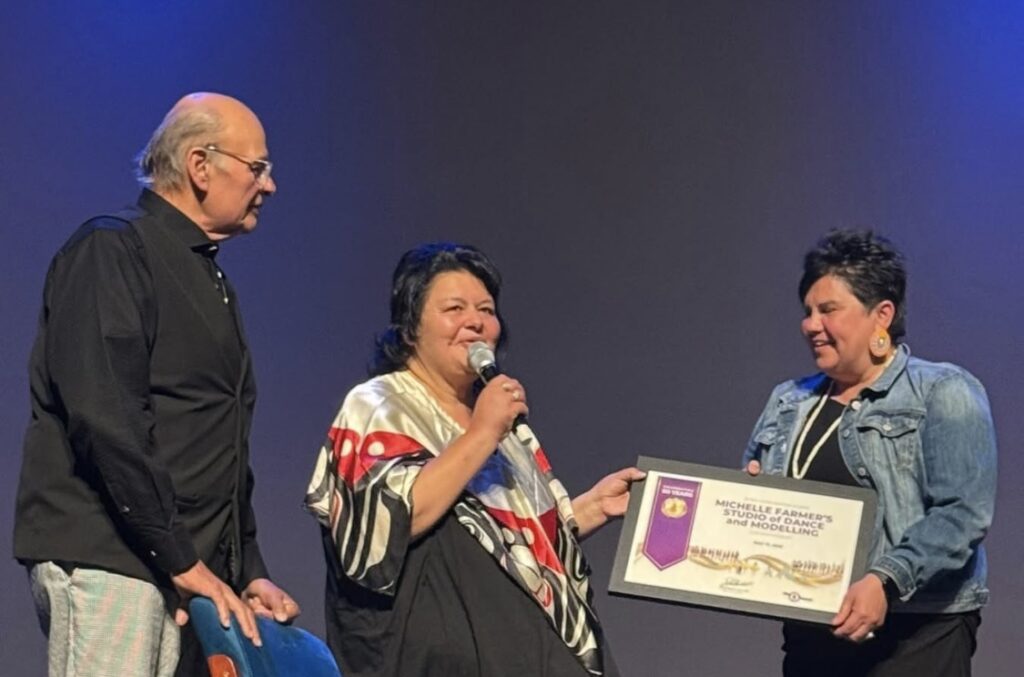
While in New York, the up-and-coming dancer decided to audition for the Rockettes in April 1986.
“I was thrilled to pass the initial height check and the ballet audition, which qualified me to move on to the tap portion. Seven hundred people auditioned that day. During the tap combination, they lined up ten dancers at a time [and] I was second in line. Although I knew I made a slight mistake right at the very end, I got through most of the combination and received a letter inviting me to come back to the audience again in the future,” Farmer recalled. “Although, I didn’t make the Rockettes…the experience alone was invaluable [as well as] the recognition and self-validation I needed came from knowing I could achieve whatever I set out to do (which largely depends on believing in yourself.)”
The next year, Farmer would get married and went on to have three children, balancing her business while raising her children.
“The year that my first son was born was especially challenging as I was determined to prove I could manage everything all at once. While some studios did shows or exams every other year, I took on a full workload [by] hosting my annual studio show, while preparing students for ballet exams, and entering them in various competitions; all while having a baby that same year. My first son was born on March 29th…[as] I distinctly remember being nine months pregnant and conducting the ballet exams, which were held right around his due date,” she explained. “Managing the studio schedule with my other children was just as intense. My second son was born on May 25th, which is typically right around showtime. I had my annual show just three weeks after he was born, meaning he was only three weeks old when I was back directing on stage.”
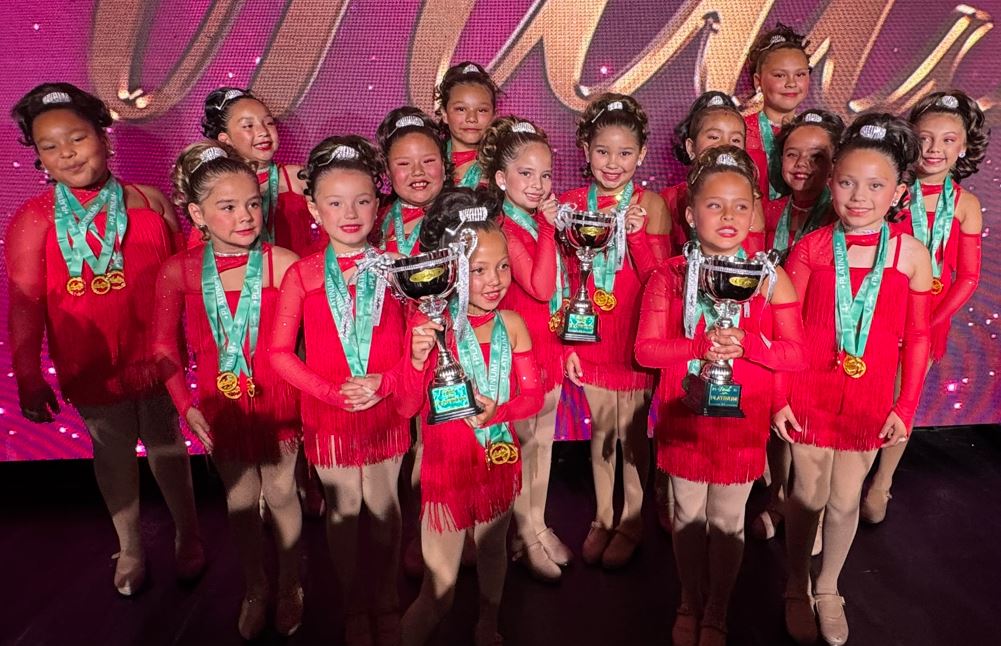
Nevertheless, Farmer’s studio has 5,000 students, largely youth, learning various dance styles including jazz, tap, hip-hop, and ballet explained the basics of being a good dancer, but it all comes down to having a passion for it.
“To be a truly good dancer, you need to be strong and flexible. You can have a child who comes in like a piece of spaghetti, naturally flexible, able to do splits, but they can’t hold it because they lack the strength. We have to make that spaghetti stronger. Conversely, you have people who come in very stiff, who are naturally not very flexible. With them, we have to work hard to improve their flexibility. The goal is for them to be both strong and flexible; that is what creates a good dancer. Ultimately, a great dancer dances from the heart. I can only teach them so much; they have to do the rest. I often sit the kids down and say, ‘You have to feel it in your heart, and ‘You must have the passion,” she said.
Farmer continued, “The love for what you’re doing is what has kept me going; the passion and the love for teaching dance. I’ve been teaching for 50 years, and I still teach the tiny tots. Usually, [lead instructors] expand and delegate those classes to younger instructors, but I believe the foundation is absolutely crucial. I treat every dancer, whether they’re in the competition group or a recreational class, like a potential competitor from the moment they walk in. I want to make sure the attention goes to that child. Every child learns differently; some catch on fast, some don’t. I try my absolute best to bring out the best in each child by focusing on their strengths and weaknesses.”
In a July 2025 held in California, Farmer guided her dancers with a passionate speech, galvanizing them to an unexpected win.
“My large group of dancers, many of whom were first-time competitors, were incredibly nervous. It was an early morning competition, and some looked half-awake and scared. A group was performing just before us, and I gathered my dancers and said, ‘Okay, let’s watch them dance. Are they smiling?’ They were. I then told my students: ‘Listen to the music! Let’s dance to them right here.’ I had them backstage, just jumping and laughing. I told them, ‘You have to have fun. If you don’t enjoy yourself, you can’t succeed. I don’t care if you come in first. You have to make the judges know you love to dance.’ Their energy shifted completely. They were all jumping and laughing. I said, ‘That’s what the judges need to see.’ They went out there, and they came in first place in tap, jazz, and hip-hop. These were kids from a small town who had never competed before, and they beat the group ahead of us. It’s just about the whole story; the passion, the joy, and the effort. That’s why I do what I do,” said Farmer.
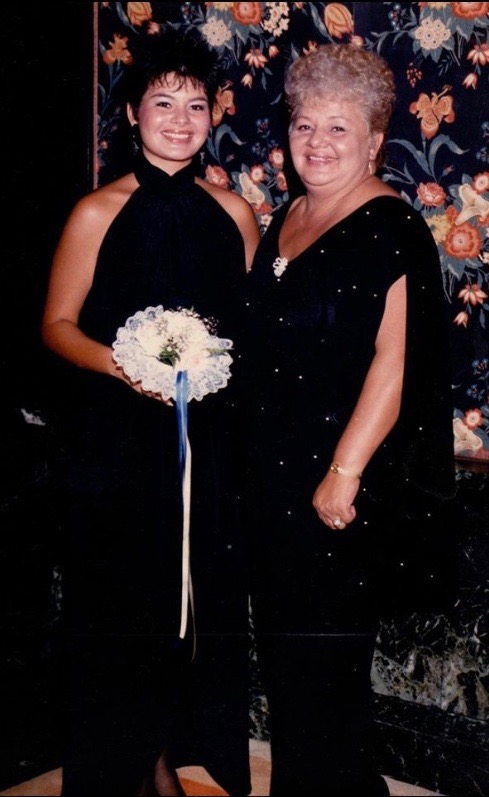
However, community is very important for Farmer and her studio, as she has been seen several generations of dancers as well as encouraging youth for modeling and acting work.
“I teach a lot of kids whose parents were actually my competitors back in the day; it’s a wonderful legacy. Beyond teaching, I also run a talent agency to help my students get jobs in the industry. I work to secure them roles in movies, commercials, and other projects. For example, one nine-year-old boy I represent recently worked a one-day commercial shoot and made over $2,000. My connection to this work comes naturally because my brother, Gary Farmer, is a well-known Indigenous actor. Through him, I got into the background of the business. I remember back in the 1980s, people from Toronto contacted me about a film concerning residential schools, knowing I ran a dance studio. I’ve always taught adults and children, and this eventually led to me officially starting the agency,” the dance instructor said. “I’ve kept my own children involved in the business from a young age until they chose their own paths. My son, for instance, made eight national commercials as a child, including one for Craft Dinner, and he worked with Wayne Gretzky on a couple of McDonald’s commercials. I’ve always loved opening up the arts to my students. Through the agency, we’ve gotten jobs for everyone from newborn twins to older children. We’re currently placing a lot of background talent in a big upcoming series. Recently, in July, we did a commercial where some of my kids (16 and under) earned enough credits to join the Union. And over the years, I’ve noticed how much the world has changed…just by observing my students—how they used to be versus how they are now. I’ve been lucky to teach some truly amazing kids.”
However, Farmer remains deeply touched by the children she has taught, including a professional hockey player who recently recognized her, proving that she continues to encourage all youth to be their best.
“The greatest reward I can credit is simply seeing people come back year after year. I have former students who are now sending their children and even their grandchildren to my studio—sometimes without even skipping a generation. That ongoing trust and legacy is the ultimate acknowledgement. It’s also incredibly rewarding to hear from former competitive dancers whose training helped them succeed in other fields. I remember a former student who was on my competitive team years ago who went on to become a great high school wrestler. He moved out west, and I was so touched when he sent me a note saying that dancing had actually helped his wrestling. Another former dancer, which is rare, went on to play high-level hockey. His mom told me a great story…at a team awards banquet, every player was asked to share something nobody knew about them. He stood up and said, ‘I bet nobody believes that I was a competitive dancer.’ Everyone there couldn’t believe it…but for him to share that proudly in front of his teammates, especially at that level of hockey—it was a truly sweet moment. It affirmed that we are instilling valuable skills, confidence, and passion,” she noted. “My studio is not exclusively for Indigenous people; it simply happens that I teach a lot of Native students, including at a reserve. I did have a studio in Caledonia before having my first son, and for a few years, I ran both studios concurrently. I’ve noticed some cultural differences in my students over the years. When I had my studio in Caledonia, the students were mostly non-Native and seemed a little more outgoing. Students who grow up on a reserve, where everyone is Native, often face different challenges. I found the students coming off the reserve were a little shy at first. [However,] I think this is less about culture and more about the difference between a small community and a big city. Whether you’re from a reserve or any small town, you’re naturally going to be more reserved when you step into a larger setting. I try to treat every single student as an individual, giving them the encouragement they need, regardless of where they come from.”
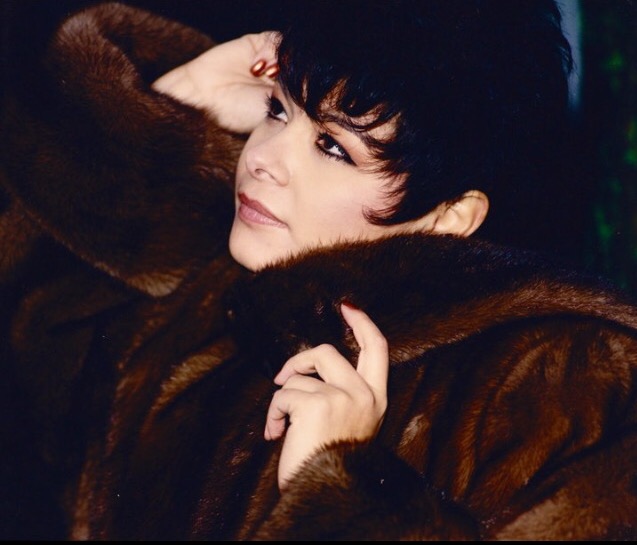
For all the teaching she has done, Farmer has maintained that she has never stopped learning.
“I remember hitting a point, around my 34th year, where I felt completely worn out. I seriously wondered if I could make it to the next milestone. But I realized that one thing about being a dance teacher is that you never stop learning, and that’s what always pulls you through. You just have to have the will and the mentality to keep going, to say, ‘I can do this.’ I had that idea of never stopping my education in the back of my head. I took lessons myself until I was 26, but even after that, I continued attending workshops. I would take my own children with me during the summers; we went to Los Angeles and often went to different conventions in Detroit. You have to keep seeking out the newest things in the dance world,” she said. “Going to these conventions exposed me to so many important trends and histories. For example, back in the 80s, I went to the Dance Educators of America workshops in New York City. The principal of that training school went out and found breakdancers right off the street and asked them to teach the techniques to their dance teachers. We learned break dancing, and popping/locking directly from the people who originated those styles. I even took my children to these workshops so they could learn from the originators, which is incredible.”
However, at the end of the day, the famed dance teacher has a goal to help and produce the stars of tomorrow by being a catalyst to helping them forge their own paths and ultimately following their dreams.
“My goal is to produce the stars of tomorrow; the dancers, actors, and artists who will shape the future. Everyone has to start somewhere, and I try to give all my students a great foundation, no matter what career path they choose. The entertainment industry often talks about being a ‘triple threat’ (someone who can sing, dance, and act). I can’t sing, so I certainly wasn’t a triple threat, but I tried hard for the other two,” Farmer said. “You absolutely can still make it even if you don’t possess all three talents. The real key is to have passion for whatever you do and never let anyone tell you that you can’t achieve your goal. You can do whatever you put your mind to. My advice is this: If you want to be a dancer, go for it. Don’t live with regret when you’re 40 or 50, thinking, ‘I wish I had tried to move to Los Angeles.’ Just go, try to do it, and see what happens. Be honest with yourself about your progress, and then go from there [and] whether you’re an actor, dancer, or musician, you have to do it for the passion.”
